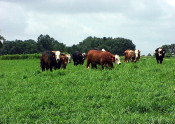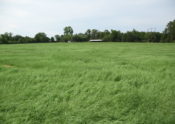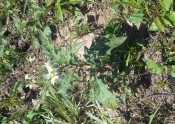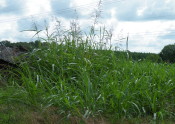
Photosynthesis is the process by which plants combine solar energy, atmospheric CO2, and water, within green leaf tissue (chlorophyll) to produce carbohydrates. Plants use these carbohydrates as a source of energy to carry on basic metabolic processes. In short, while overly simplistic, plants can create their own food using the simple ingredients of sunlight, water, and CO2. Plants do require, however, adequate green leaf (photosynthetic tissue) in order to carry out photosynthesis. Without these four main ingredients plants cannot survive. As managers there is not a lot we… Read More →








